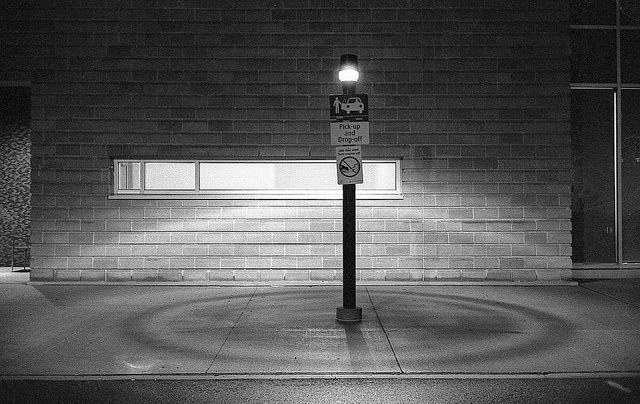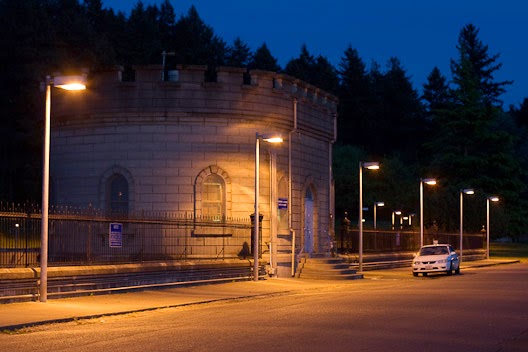 |
| example of a preset. |
Lightroom presets can be your most powerful ally in making your workflow travel at the speed of light.
 |
| Nicolesy Matte 3 |
I used this preset because i liked the color it gave to the photograph.
 |
| aperture f16 |
 |
| High shutter speed |
 |
| Slow shutter speed |
 |
| ISO 3200 |
 |
| ISO 200 |